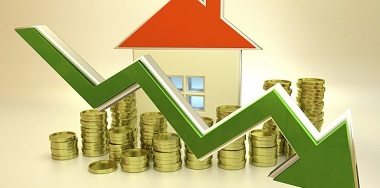Annual residential property price growth has slowed to its lowest rate since January, fresh data from the Nationwide has revealed.
According to the building society, the average price of a home in November was 4.4% higher than a year earlier, compared with a 4.6% increase in October.
The UK’s second largest mortgage lender said prices rose by 0.1% from the month before, with the average cost of a home now £204,947.
Property prices continue to be supported by a fundamental undersupply of homes. But this growth is not spread across all sectors and higher value properties are still affected by recent hikes in stamp duty.

While the rate of house price growth may be slowing, many estate agents are reporting increased applicant and viewing activity levels which may translate into more sales being agreed in early 2017, reflecting the impact of solid labour market conditions and historically low borrowing costs – mortgage approvals increased last month.
But while demand for property shows signs of improving, the low number of homes on the market and modest rates of housebuilding levels mean that the supply-demand imbalance looks set to remain broadly unchanged in the coming months, which may continue to support house prices, even if economic conditions weaken.
The fact that property price growth remains broadly unchanged represents a rather good opportunity for those currently looking to buy property.
Remember, you can find out how much your property is worth using our free online valuation tool.